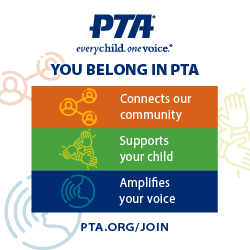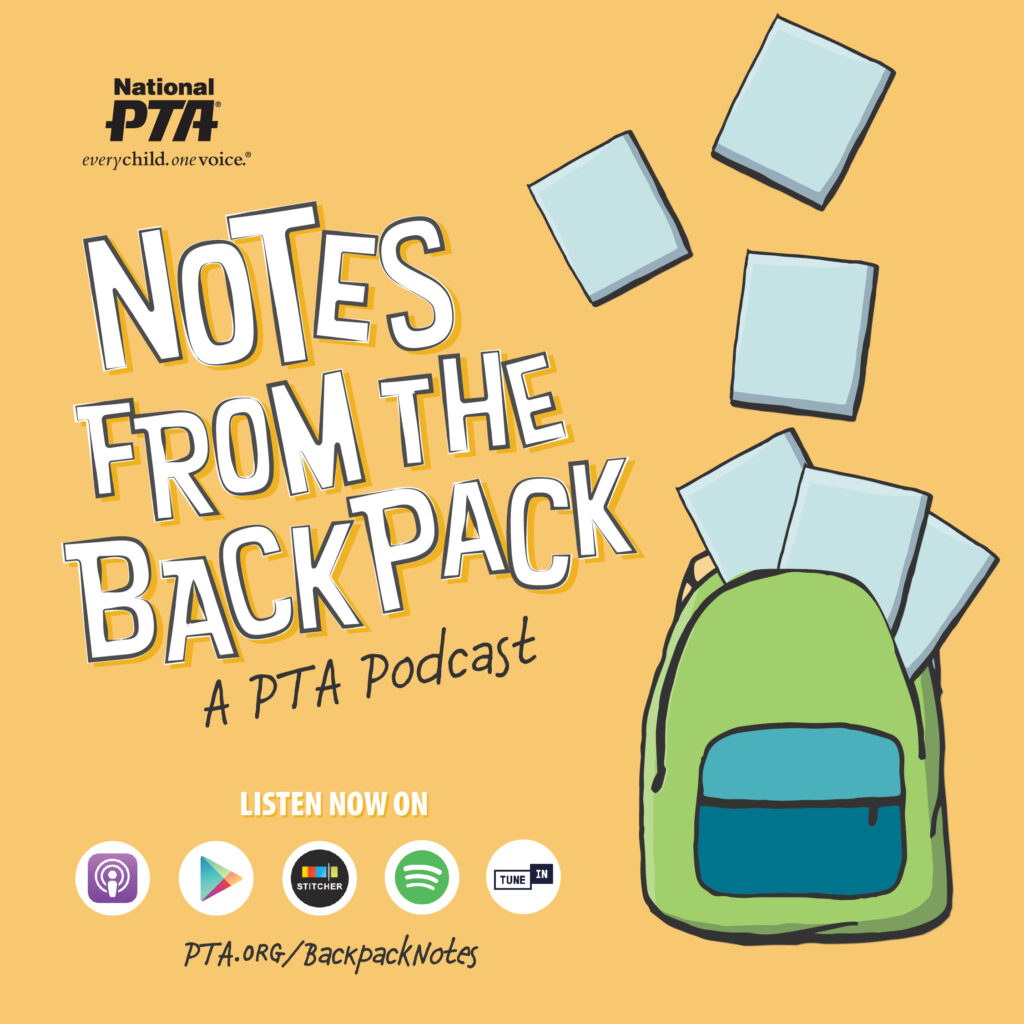For many families, the end of the summer brings mixed emotions. With no school schedule or homework, the lazy days of summer provide time to sleep in, enjoy the outdoors and spend more time together as a family.
But the carefree days of summer eventually come to an end, which can trigger back-to-school anxiety for both parents and students. From worrying about making friends and fitting in to managing schoolwork, extracurricular activities and the dreaded drop-off line, going back to school involves big changes for everyone in the house.
Just as a break from academics and structure over the summer is good for your child’s mental health, working together to establish a back-to-school routine is important to help them overcome any back-to-school anxiety and thrive in the new school year.
Here are five tips to help families master a back-to-school routine.
1. Build and Share a Daily/Weekly Schedule
Kids thrive when they have a routine. Whether you use a dry-erase calendar in the kitchen, printed paper calendar sheets stuck to your refrigerator or a digital calendar everyone can access, having a shared family calendar helps everyone know where they are supposed to be and what they are supposed to be doing throughout the day.
Include mealtimes, bedtime and other daily tasks to help your student start organizing their day based on their responsibilities and obligations. This will give them a sense of comfort and purpose. Include extracurricular activities to avoid forgotten practices and last-minute scrambles, which can increase anxiety.
Be sure to add some fun back-to-school activities to your calendar to make the transition exciting, like a trip to get ice cream or to go buy school supplies.
2. Establish Mealtimes
Summer may be a time to grab food on the go, but establishing a meal schedule with your kids as they head back to school will help them organize their day. It also ensures they are getting the food they need to feel their best. When they are properly nourished, they are better equipped to focus on their studies.
Start the day with a healthy breakfast. Talk to your kids about what they would like for breakfast and how much time they need to eat and get ready for school, then add breakfast time to your calendar. Teach them responsibility and independence by getting them involved in making their own breakfast. This also teaches them important life skills.
For lunch, ask the school what time your student will be eating lunch, then start transitioning to that time at home. This will help them adjust to the school day, especially if they have the early or late lunch period.
The hustle and bustle of busy school nights can quickly mean dinner is served at the drive-thru window. However, there are social, emotional, and physical benefits to eating together as a family. While having a family meal together every night might be challenging because of after-school activities and work obligations, try to commit to eating dinner together at least a few days each week, and add those days to your calendar. That gives everyone something to look forward to during the busy week.
Be sure to limit technology at mealtime. Family meals are great opportunities to connect with your kids and talk to them about what they are thinking, feeling and experiencing. Discussions at dinner can help calm anxiety and reinforce that you are always there to support your child with what they may be feeling or experiencing.
3. Create a Bedtime Routine
Elementary and middle school kids need between 10 – 12 hours of good sleep each night to feel and perform their best. Teens need between 8 – 10 hours. To set your child up for success in the new school year, schedule a bedtime that gives them the recommended amount of sleep they need – and stick to it. Once you have decided on a time, develop a bedtime routine to get them ready for sleep.
Research shows that children who follow a bedtime routine go to sleep earlier, take less time falling asleep, sleep longer and wake up less frequently during the night. Though sleep tips for kids vary by age, a nighttime schedule for bedtime tasks such as showering, having a bedtime snack, brushing teeth, changing and reading a book can help your kids focus and encourage them to get into bed at the same time every night.
Start transitioning to the new bedtime schedule in 15-to-30-minute increments until you reach your ideal amount of shut-eye. Limit screen time right before bed and ensure bedrooms are dark and cool to help everyone drift off to a good night’s sleep.
4. Give Your Child Morning Tasks
Just getting out the door in the morning can be hectic and stressful. Get your kids involved by giving them morning responsibilities. These could include making their bed, packing their lunch, feeding the family pet, choosing their outfit and ensuring their backpacks have everything they need for a successful school day.
Getting your kids involved in the morning routine gives them ownership of their role in getting to school on time, builds confidence and independence, and will help them take responsibility – all skills that will help them later in life.
5. Prepare Them for Their After School Experience
Depending on your child’s age and where you live, your student’s school day could be over early in the day. Whether they are going home with you or a trusted caregiver or headed to an after-school program, make sure your student knows what they will be doing and where they have to be when the school dismisses for the day.
If your child is older and they are going home alone after school, establish guidelines and expectations for what they should be doing. This could include having them complete their homework, read or do chores around the house. Establishing an after-school plan together will help motivate them to stick with it.
Be sure to also discuss screen time with children who are home after school. A good tool to help parents and kids establish screen time guidelines and digital boundaries is The Smart Talk, a program developed by National PTA and Norton.
If your child is going to an afterschool program, talk to them about what the program is all about and how they will be transported there. If you can, take them to the facility and introduce them to the staff before the first day. This will give them a sense of security and ease any anxiety as they will know exactly where they are going and what they are supposed to be doing.
Listen to (and Validate) Their Feelings
To make the transition from unstructured summer days to a well-oiled back-to-school schedule, start establishing a school routine a week or two before school begins.
If you see your child getting anxious, be sure to talk to them about the transition and what they are feeling. Let them know that if they are scared or nervous, they’re not alone. Be sure to also check in with yourself. Your child picks up on your feelings too. Take some time for you to adjust to the new school routine as well. Give yourself some grace as you work through any kinks in your back-to-school schedule.
By emphasizing the importance of routine, providing positive reinforcement and discussing coping strategies for stressful or harmful situations, you’ll create a supportive framework that will help you and your child have a successful school year.
Soak in the Final Days of Summer
Just because you’re getting back into a school-year mindset doesn’t mean you can’t continue to enjoy summer. Take advantage of the final days before school begins to cross off anything from your summer bucket list that you didn’t get to do yet. Go on a bike ride or hike, visit a museum or head to the playground. You can still make those summer memories while establishing a back-to-school routine!


















